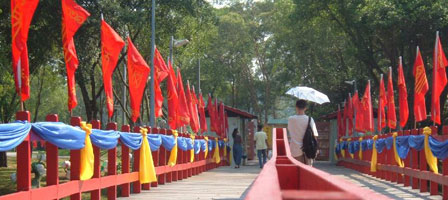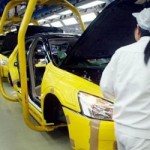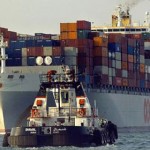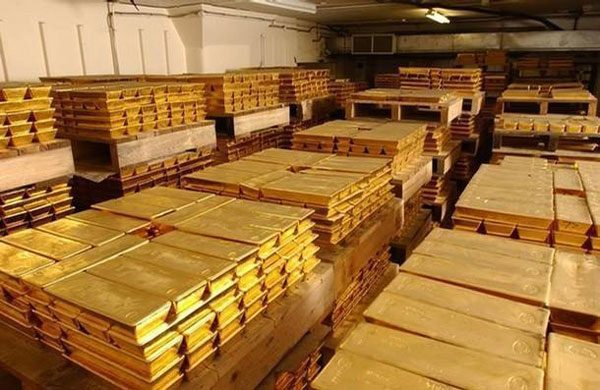China’s Vision for Integration with Southeast Asia
The Thailand and Chinese governments are about to sign a “memorandum of understanding” that will lead to the building of an important new rail line and within three years allow introduction of high-speed train services between the Chinese city of Kunming and Bangkok via Vientiane in Laos.
Currently there is no rail connection between China and most of Southeast Asia. The new line, whose construction will begin soon, will be the first phase of an ambitious Chinese plan to give its economy fast, high-capacity rail access to the region, using Bangkok as the hub of a major new system.
Later stages will replace the obsolete narrow-gauge track that currently links Bangkok to Singapore via Malaysia with a standard-gauge connection carrying trains running at up to 350 kms an hour. Then will come new rail routes to Bangkok through Vietnam and Cambodia to the east and through Burma to the west.
The new network, financed by cheap Chinese government money and equipped by China’s fast-expanding railway equipment industry, will not only open up the region to Chinese factories, but also give Southeast Asian economies much easier access to Chinese markets for their exports of agricultural commodities, natural resources and manufactures, and encourage inbound tourism.
The Chinese vision is even grander. The Beijing government wants improved access to Europe through high-capacity over-ground access to ports on the Indian Ocean and planned rail links from Northern China through Central Asia and Russia.
Within a few years it could take as little time as two days to travel in comfort by train on an unbroken journey all the way from London to Singapore.
With trade among Asian countries growing twice as fast as their trade with the rest of the world, there is fast-growing need for improved intro-Asian transportation links.
The Economist recently reported: “New roads, railways and pipelines are crisscrossing continental Asia… Railways reflect the boldest ambitions.”
China seems to have chosen Thailand as its hub for expanding transportation infrastructure in Southeast Asia, not only in rail. It is in advanced negotiation with the Thai government about wider co-operation encompassing road systems, ports and offshore oil/gas exploration.
It’s planned to close missing links in the region’s rail network such as Saigon to Phnom Penh in the east and Bangkok to Rangoon in the west.
Worldwide, there is booming growth in railways, driven by upgrading to high-speed lines, worsening congestion on highways, environmental considerations, and the improving competitiveness of rail because of low marginal costs versus the high fuel costs of road transportation.
At the heart of this boom is China, which now accounts for half global demand for railway equipment, with an additional 26,000 kms of track planned for completion over the next few years. Its high-speed railways are already the world’s fastest and longest.
Although the long-established equipment manufacturers of Europe, Japan and North America still lead in railway technology and quality, their Chinese rivals are fast closing the gap, improving on the designs they copied from foreign suppliers, and competing aggressively on price – not only in China itself, but also elsewhere in Asia, in Latin America, and even in Europe.
They enjoy the privilege of virtually unlimited access to cheap state finance, and in emerging economies are often prepared to do barter deals, taking payment in natural resources.
To strengthen China’s position, its government is considering a merger of its two dominant state-owned railway equipment manufacturers, China North and China South Locomotive & Rolling Stock corporations, CNR and CSR.
However, unfortunately this booming sector doesn’t seem to offer much in the way of opportunities for individual investors.
China Railway Group and China Railway Construction are both listed in Hong Kong. Bombardier, listed in Toronto, has both railway and aircraft divisions. None looks particularly attractive to me.
CopyRight – OnTarget January 2011 by Martin Spring






